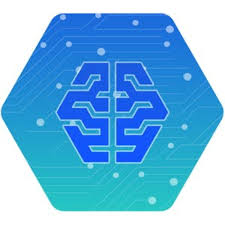Introduction
In the era of data-driven decision-making, Google Cloud Platform (GCP) stands out as a formidable player, providing a suite of robust tools and services for managing and analyzing vast amounts of data. In this article, we will delve into the world of GCP data pipelines, exploring their capabilities, best practices, and how they empower organizations to harness the full potential of their data.
1. Understanding GCP Data Pipelines
1.1 Overview of GCP Data Pipelines
GCP data pipelines are a set of integrated tools and services that facilitate the seamless flow of data across various stages, from ingestion to processing and analysis. Understanding the components and their interactions is crucial for effective pipeline design.
1.2 Key Components of GCP Data Pipelines
Explore the core components of GCP data pipelines, including Cloud Storage for data storage, Cloud Pub/Sub for messaging, and Dataflow for stream and batch processing. Familiarize yourself with these building blocks to optimize your pipeline architecture.
2. Building Scalable Data Pipelines on GCP
2.1 Leveraging BigQuery for Data Warehousing
Utilize BigQuery, GCP's fully-managed and serverless data warehouse, to store and analyze large datasets. Learn how to design scalable data warehouses that accommodate the growing needs of your organization.
2.2 Dataflow for Streamlined Processing
Explore the capabilities of Dataflow, GCP's stream and batch processing service. Design pipelines that scale dynamically based on demand, allowing for efficient processing of real-time and batch data.
3. Security Measures for GCP Data Pipelines
3.1 Identity and Access Management (IAM)
Implement robust security measures by leveraging GCP's IAM to control access to resources. Define roles and permissions to ensure data integrity and confidentiality throughout the pipeline.
3.2 Encryption and Compliance
Prioritize data security by implementing encryption at rest and in transit. Ensure compliance with industry regulations and standards, safeguarding sensitive information processed within GCP data pipelines.
4. Monitoring and Optimization
4.1 Stackdriver for Real-Time Monitoring
Implement Stackdriver to gain real-time insights into the performance and health of your GCP data pipelines. Proactively address issues, optimize resource utilization, and ensure smooth operations.
4.2 Continuous Optimization Strategies
Develop strategies for continuous optimization of GCP data pipelines. Regularly review and fine-tune configurations, ensuring cost-effectiveness and maximizing the efficiency of your data processing workflows.
Kaspian
Kaspian is a powerful serverless compute infrastructure designed for data teams seeking to operationalize AI at scale in the modern data cloud. It offers a comprehensive set of features to empower data teams in managing AI and big data workloads efficiently.
Conclusion
In conclusion, GCP data pipelines offer a robust and scalable solution for organizations aiming to extract actionable insights from their data. By understanding the key components, implementing security measures, and adopting monitoring and optimization practices, businesses can harness the full potential of GCP data pipelines to drive informed decision-making.





